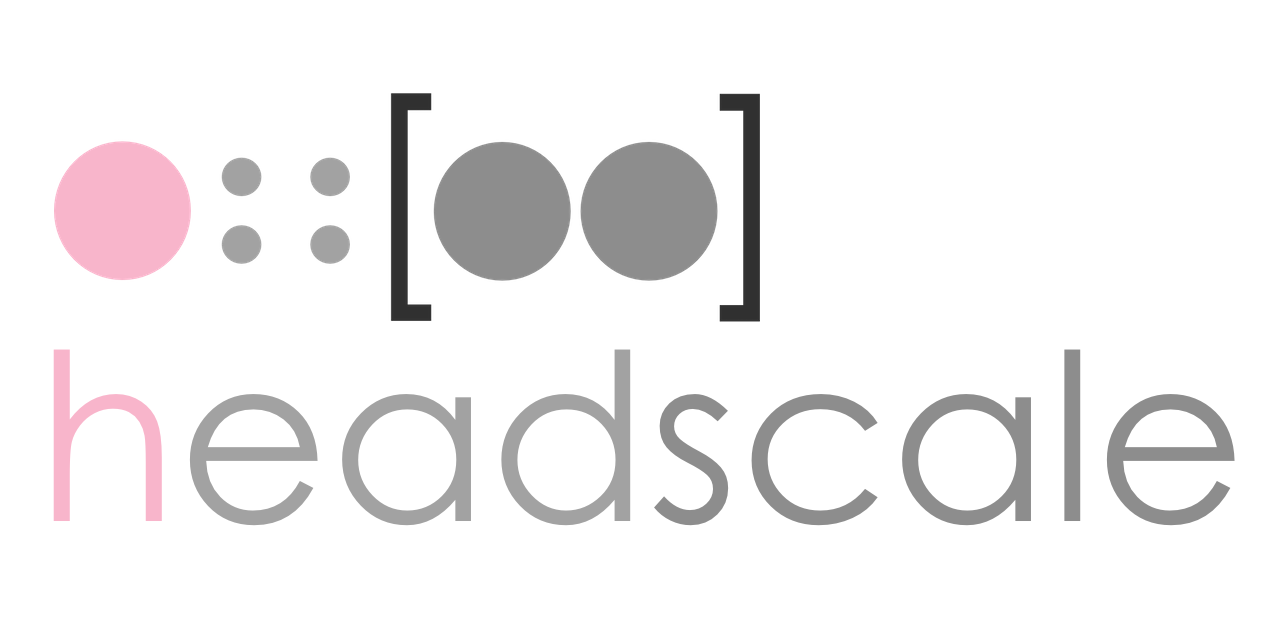* Setup mkdocs-redirects * Restructure existing documentation * Move client OS support into the documentation * Move existing Client OS support table into its own documentation page * Link from README.md to the rendered documentation * Document minimum Tailscale client version * Reuse CONTRIBUTING.md" in the documentation * Include "CONTRIBUTING.md" from the repository root * Update FAQ and index page and link to the contributing docs * Add configuration reference * Add a getting started page and explain the first steps with headscale * Use the existing "Using headscale" sections and combine them into a single getting started guide with a little bit more explanation. * Explain how to get help from the command line client. * Remove duplicated sections from existing installation guides * Document requirements and assumptions * Document packages provided by the community * Move deb install guide to official releases * Move manual install guide to official releases * Move container documentation to setup section * Move sealos documentation to cloud install page * Move OpenBSD docs to build from source * Simplify DNS documentation * Add sponsor page * Add releases page * Add features page * Add help page * Add upgrading page * Adjust mkdocs nav * Update wording Use the term headscale for the project, Headscale on the beginning of a sentence and `headscale` when refering to the CLI. * Welcome to headscale * Link to existing documentation in the FAQ * Remove the goal header and use the text as opener * Indent code block in OIDC * Make a few pages linter compatible Also update ignored files for prettier * Recommend HTTPS on port 443 Fixes: #2164 * Use hosts in acl documentation thx @efficacy38 for noticing this Ref: #1863 * Use mkdocs-macros to set headscale version once
5.0 KiB
An open source, self-hosted implementation of the Tailscale control server.
Join our Discord server for a chat.
Note: Always select the same GitHub tag as the released version you use
to ensure you have the correct example configuration and documentation.
The main branch might contain unreleased changes.
What is Tailscale
Tailscale is a modern VPN built on top of Wireguard. It works like an overlay network between the computers of your networks - using NAT traversal.
Everything in Tailscale is Open Source, except the GUI clients for proprietary OS (Windows and macOS/iOS), and the control server.
The control server works as an exchange point of Wireguard public keys for the nodes in the Tailscale network. It assigns the IP addresses of the clients, creates the boundaries between each user, enables sharing machines between users, and exposes the advertised routes of your nodes.
A Tailscale network (tailnet) is private network which Tailscale assigns to a user in terms of private users or an organisation.
Design goal
Headscale aims to implement a self-hosted, open source alternative to the Tailscale control server. Headscale's goal is to provide self-hosters and hobbyists with an open-source server they can use for their projects and labs. It implements a narrow scope, a single Tailnet, suitable for a personal use, or a small open-source organisation.
Supporting Headscale
If you like headscale and find it useful, there is a sponsorship and donation
buttons available in the repo.
Features
Please see "Features" in the documentation.
Client OS support
Please see "Client and operating system support" in the documentation.
Running headscale
Please note that we do not support nor encourage the use of reverse proxies and container to run Headscale.
Please have a look at the documentation.
Talks
- Fosdem 2023 (video): Headscale: How we are using integration testing to reimplement Tailscale
- presented by Juan Font Alonso and Kristoffer Dalby
Disclaimer
This project is not associated with Tailscale Inc.
However, one of the active maintainers for Headscale is employed by Tailscale and he is allowed to spend work hours contributing to the project. Contributions from this maintainer are reviewed by other maintainers.
The maintainers work together on setting the direction for the project. The underlying principle is to serve the community of self-hosters, enthusiasts and hobbyists - while having a sustainable project.
Contributing
Please read the CONTRIBUTING.md file.
Requirements
To contribute to headscale you would need the latest version of Go and Buf (Protobuf generator).
We recommend using Nix to setup a development environment. This can
be done with nix develop, which will install the tools and give you a shell.
This guarantees that you will have the same dev env as headscale maintainers.
Code style
To ensure we have some consistency with a growing number of contributions, this project has adopted linting and style/formatting rules:
The Go code is linted with golangci-lint and
formatted with golines (width 88) and
gofumpt.
Please configure your editor to run the tools while developing and make sure to
run make lint and make fmt before committing any code.
The Proto code is linted with buf and
formatted with clang-format.
The rest (Markdown, YAML, etc) is formatted with prettier.
Check out the .golangci.yaml and Makefile to see the specific configuration.
Install development tools
- Go
- Buf
- Protobuf tools
Install and activate:
nix develop
Testing and building
Some parts of the project require the generation of Go code from Protobuf
(if changes are made in proto/) and it must be (re-)generated with:
make generate
Note: Please check in changes from gen/ in a separate commit to make it easier to review.
To run the tests:
make test
To build the program:
nix build
or
make build
Contributors
Made with contrib.rocks.
